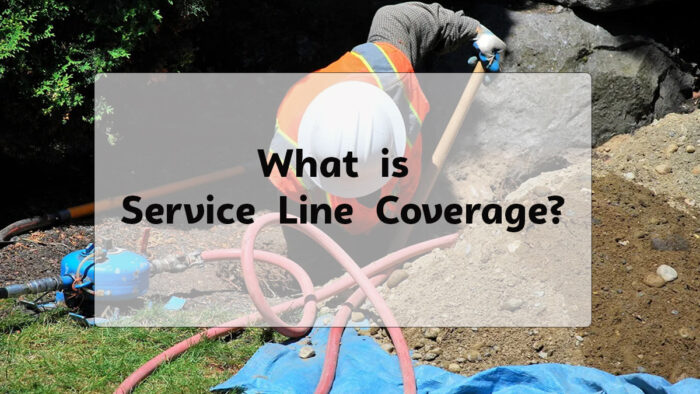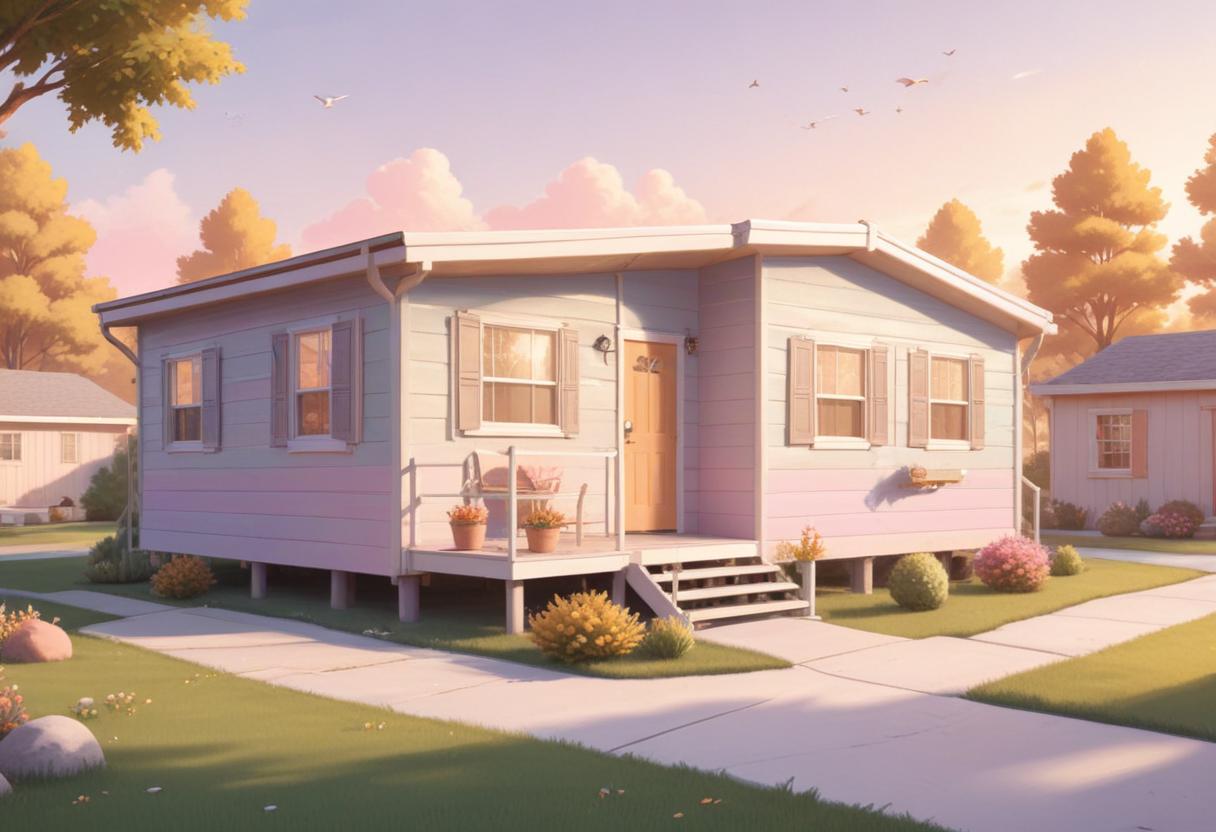Service line coverage, otherwise known as utility line insurance, is a component of homeowners insurance that offers financial protection against expenses related to damage to utility lines that run from your property to the main connection in the street. These lines may include gas, water, sewer, and electrical systems, which are essential to the daily operations of your home.

The cost of repairing these service lines may increase rapidly. They often get damaged by weather, trees, roots, or accidents. This situation often leaves the home exposed to unforeseen expenses. Due to this reason, home owners are strongly advised to include service line coverage in their policy for maximum financial protection.
Highlighted below are typical examples of service lines in the home:
- Drainage
- Water pipes
- Sewer piping
- Steam piping
- Telephone and cable lines
- Waste disposal
- Power lines
- Electrical wiring
- Septic systems
- Gas line
If a service line in your home incurs damage, your insurer will reimburse you for the repair cost if you have service line coverage. This is applicable up to the limit of your policy.
What Type of Damage Is Covered By Service Line Coverage?
Many homeowners often seek clarification about what they stand to gain by purchasing service line coverage. Here’s the answer: if you have service line coverage, it covers the following type of damage:
- Wear and tear
- Freeing
- Electrical breakdown
- Rust
- Corrosion
- Decay and deterioration
- Collapse
- Tree or root-caused damage
- Insects or rodent damage
- Weight from cars
These and many more are common types of damage that are covered if you have service line coverage along with your basic homeowners insurance policy. This coverage ultimately helps to relieve you from the financial burden attached to the cost of repair.
What Type Of Damage Is Not Covered By Service Line Insurance?
There are certain types of damage that service line insurance will not pay for. For instance, it won’t cover the cost of damage caused by
- A fuel tank
- Septic systems
- Normal wear and tear
- Negligence or lack of maintenance
- Underground wires and pipes that are not connected and ready for use.
- Heating and cooling systems
- Wiring or piping that runs through water.
- Improper installation of repairs.
You should always read the fine prints of your insurance documents. This helps you understand the type of coverage it offers. You will also know scenarios where coverage will not be applicable. This is important so you know what your policy covers. You also need to understand what it does not cover and how to better handle claims in the future.
Why Do I Need Service Line Coverage?
The reason most home and property owners are implored to purchase service line coverage is not farfetched. There are certain damages and losses that may not be covered by your normal homeowners insurance policy. In most cases, service line damage may be excluded. If a service line gets damaged in the home, and you don’t have the right coverage, you will likely have to pay for the related cost out of pocket.
If you have service line insurance, you can use your policy. You need to have incurred any type of damage that resulted in loss of service. Your insurance can help cover the cost of repair to the service line that got damaged, including other related expenses.
How Expensive Is It to Repair a Service Line Break?
The answer to this question is mostly determined by the severity of the damage incurred. Repair work for service line damage can be pricey at times. It depends on the type of damage and the extent of damage it caused to your home.
However, an average cost to repair sewer damage is about $2,556. If you are replacing a sewer line fully, be ready to pay from $3,000 to $25,000 for the cost of repair. These estimates were gotten from HomeAdvisor. Remember that the exact amount it would cost you to repair a service line break largely depends on the nature of the damage. It also depends on how severe it is.
What Is My Insurance Company Does Not Offer Service Line Coverage?
In a situation where your insurer does not offer service line coverage, there are other alternatives you can try out to protect yourself against potential damage to service lines in your home. You can start by researching other insurance companies that specialize in homeowners insurance and offer service line coverage as an endorsement.
Several utility companies and towns offer service line insurance plans for homeowners. These plans can be an affordable method to pay for the cost of repair of any type of damage incurred to your property. If you need more information about this, reach out to your local utility company.
Examining your current homeowners insurance policy to find any additional coverage choices or endorsements that might offer comparable protections can also be an ideal option. Rather than switching companies, you can ask your insurer if there are other types of coverage that offer similar protection to that of service line coverage.



